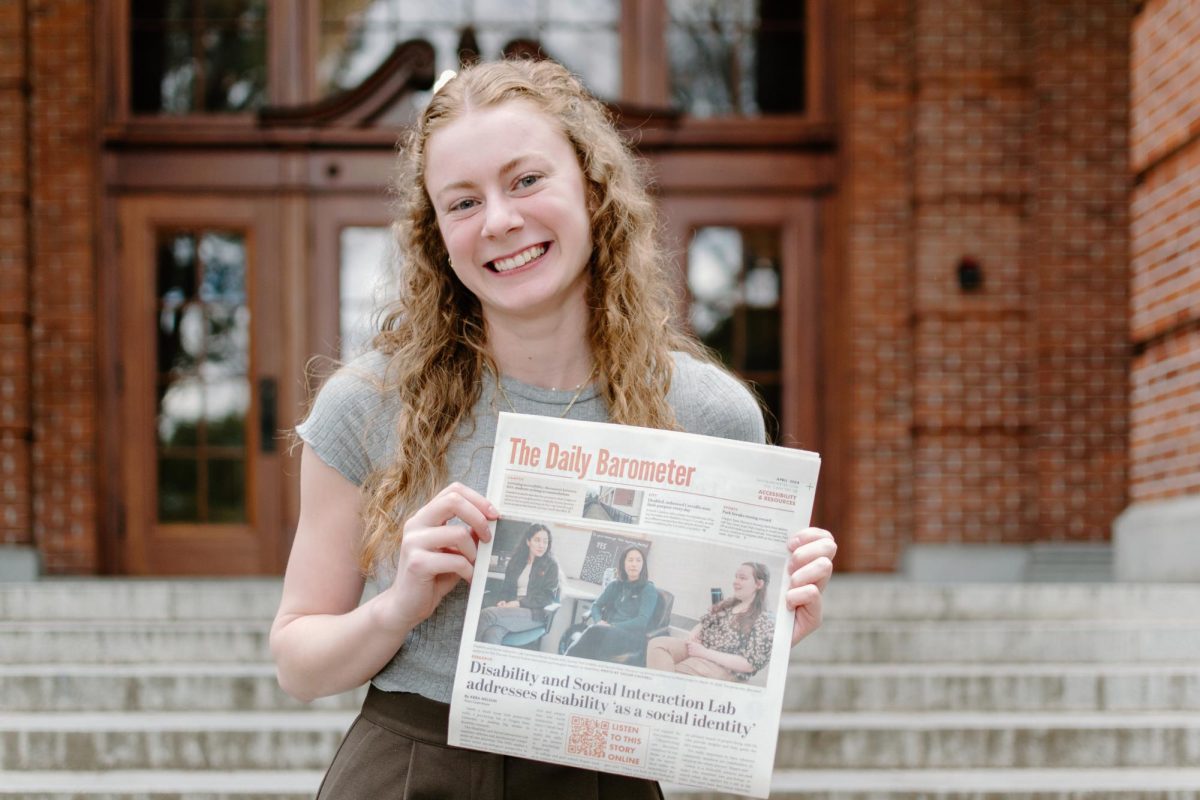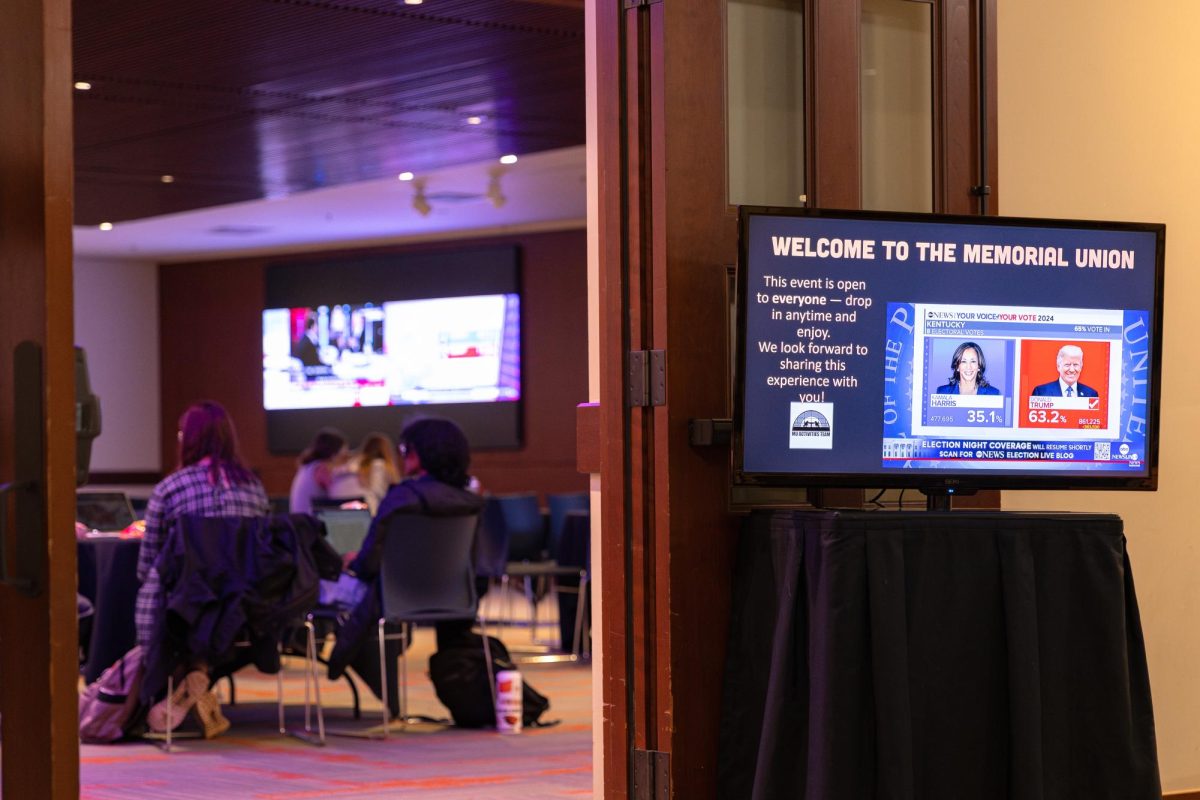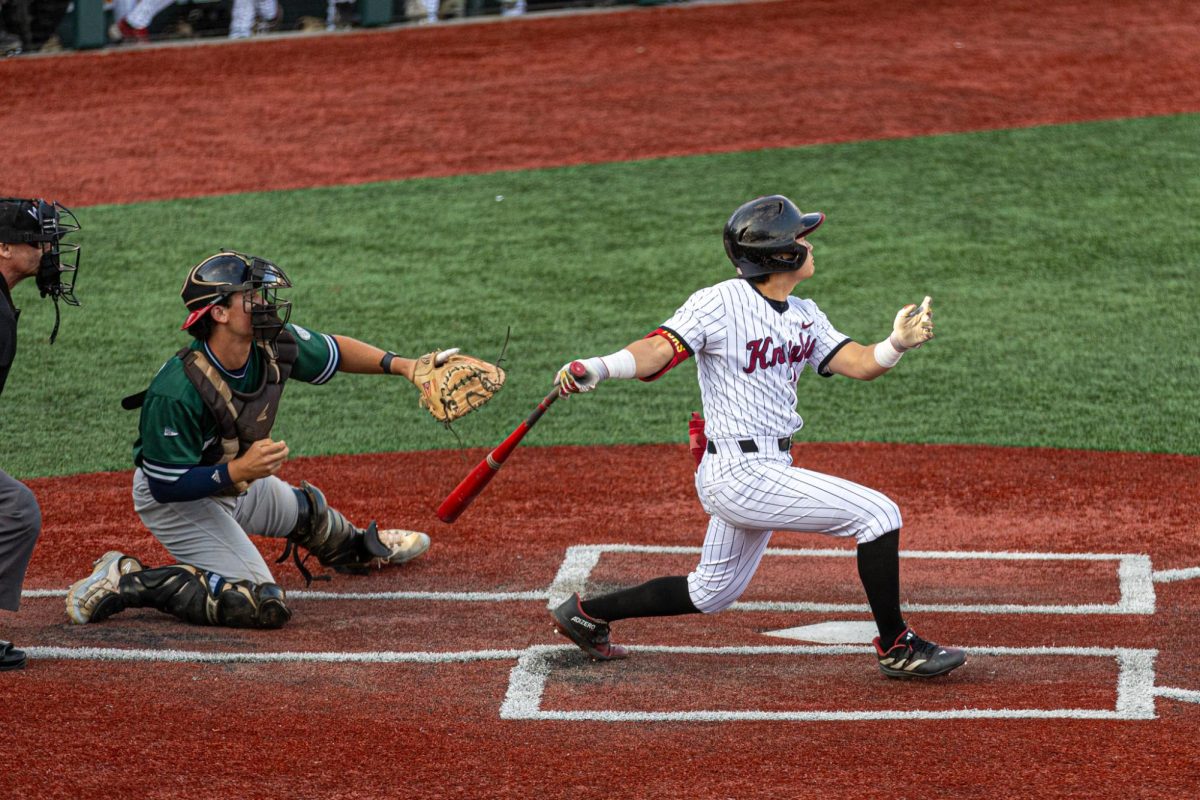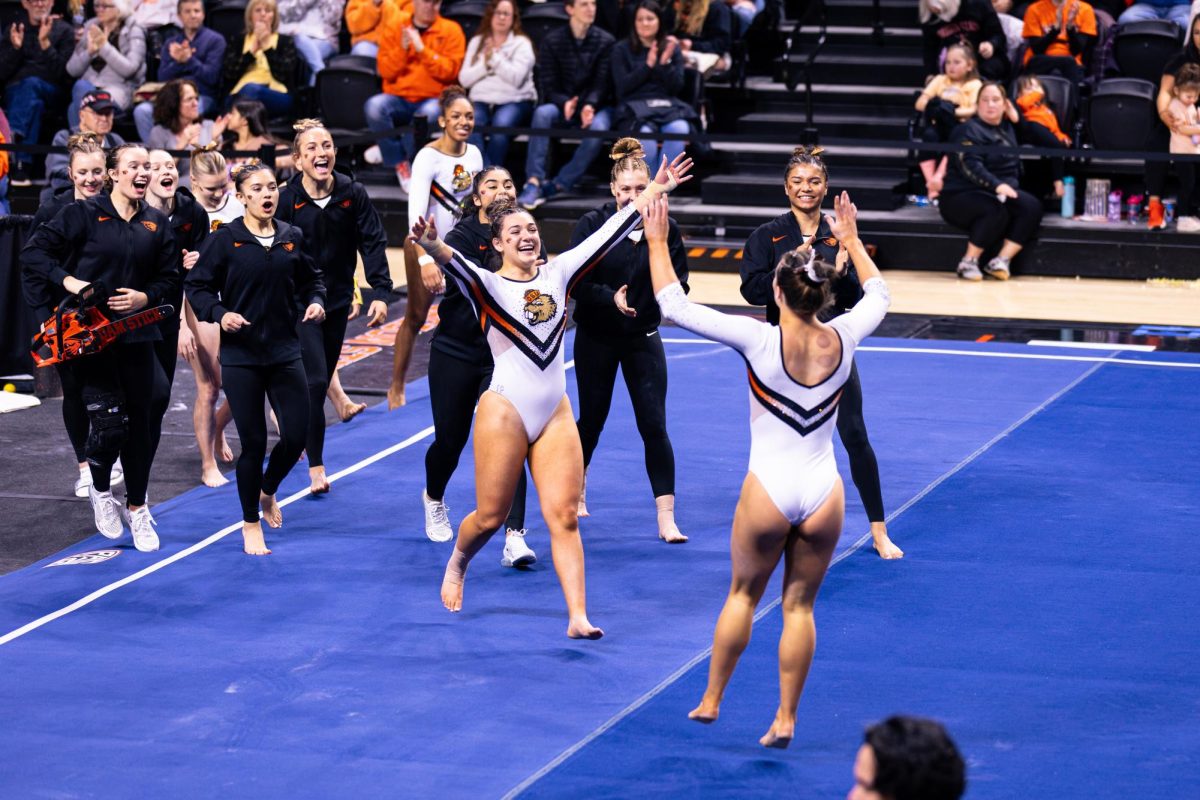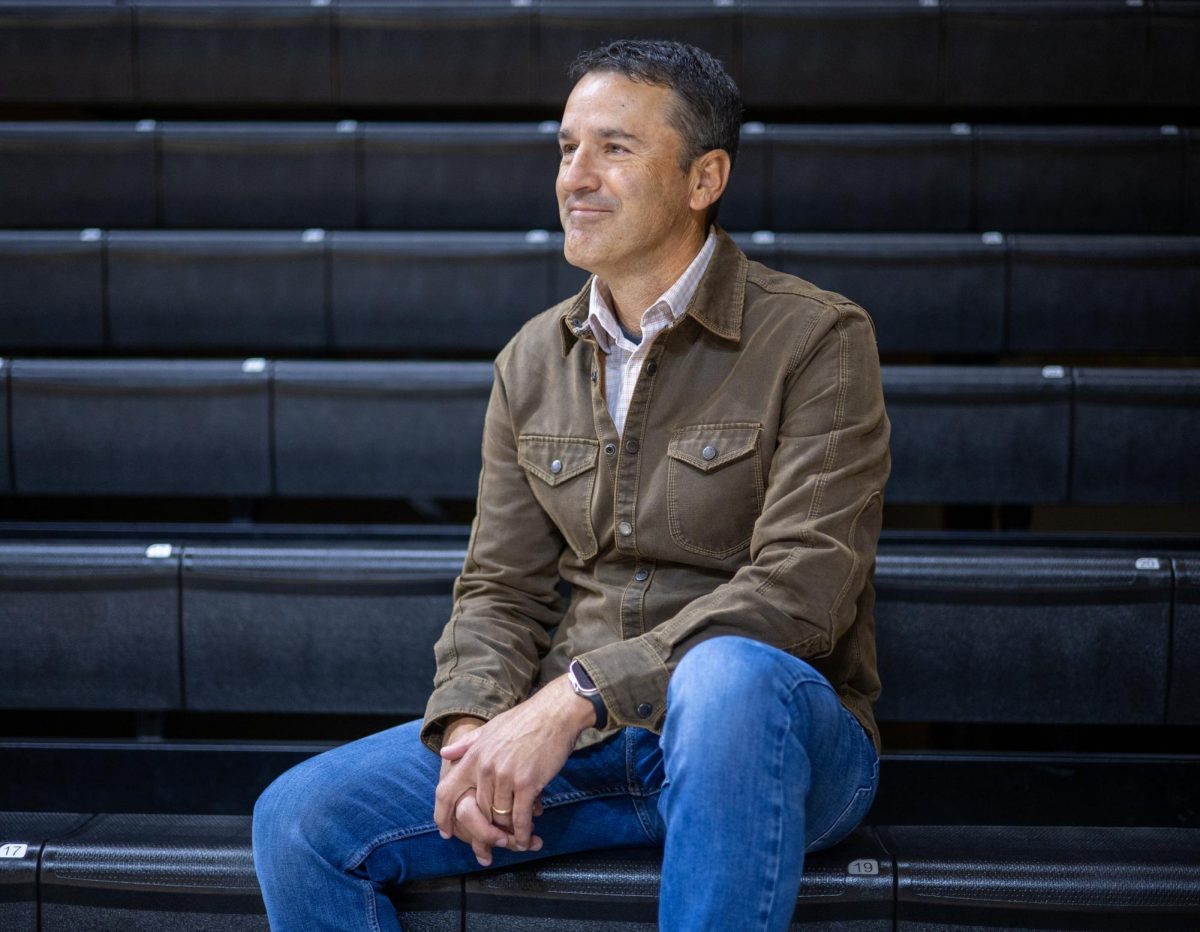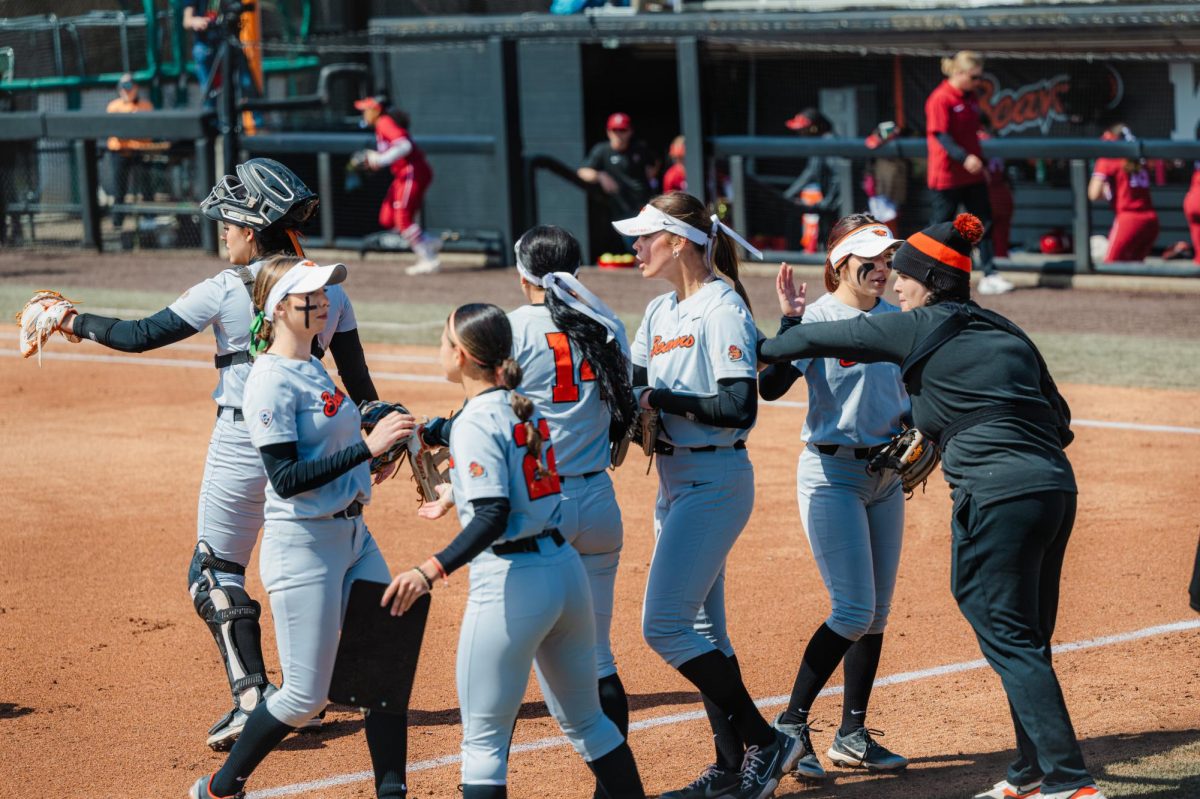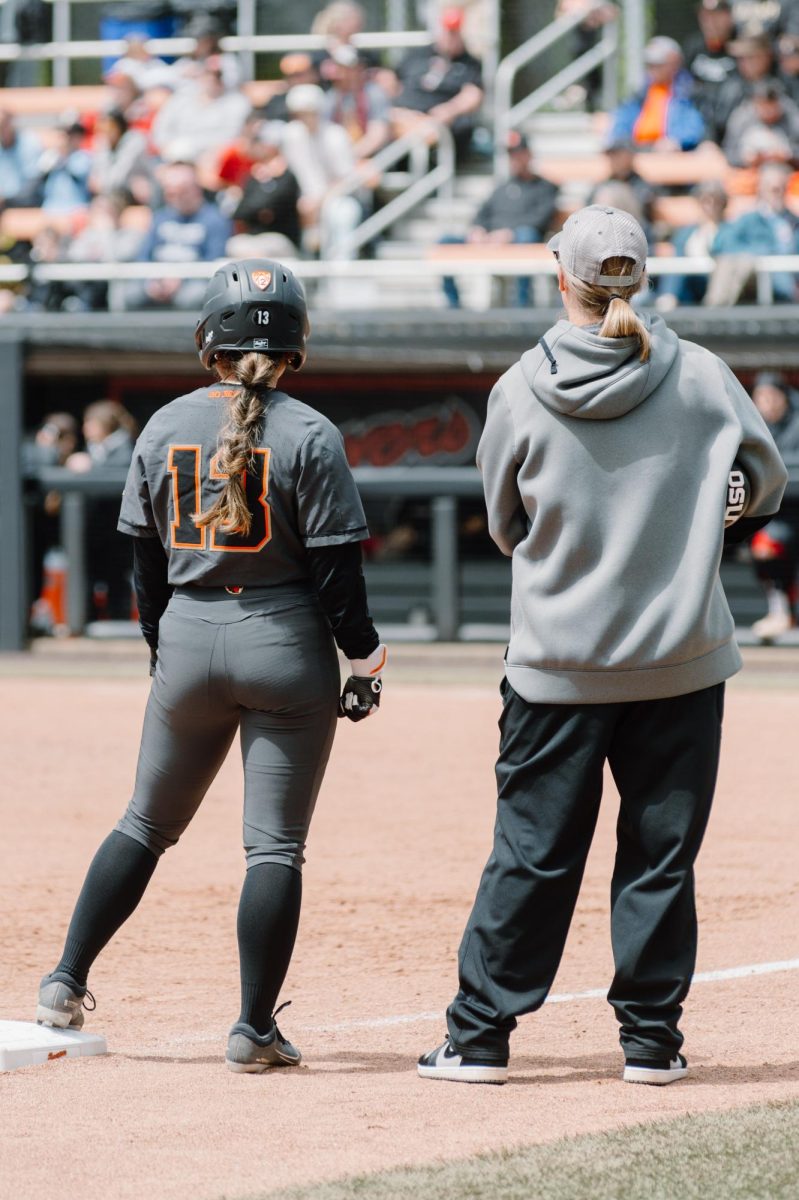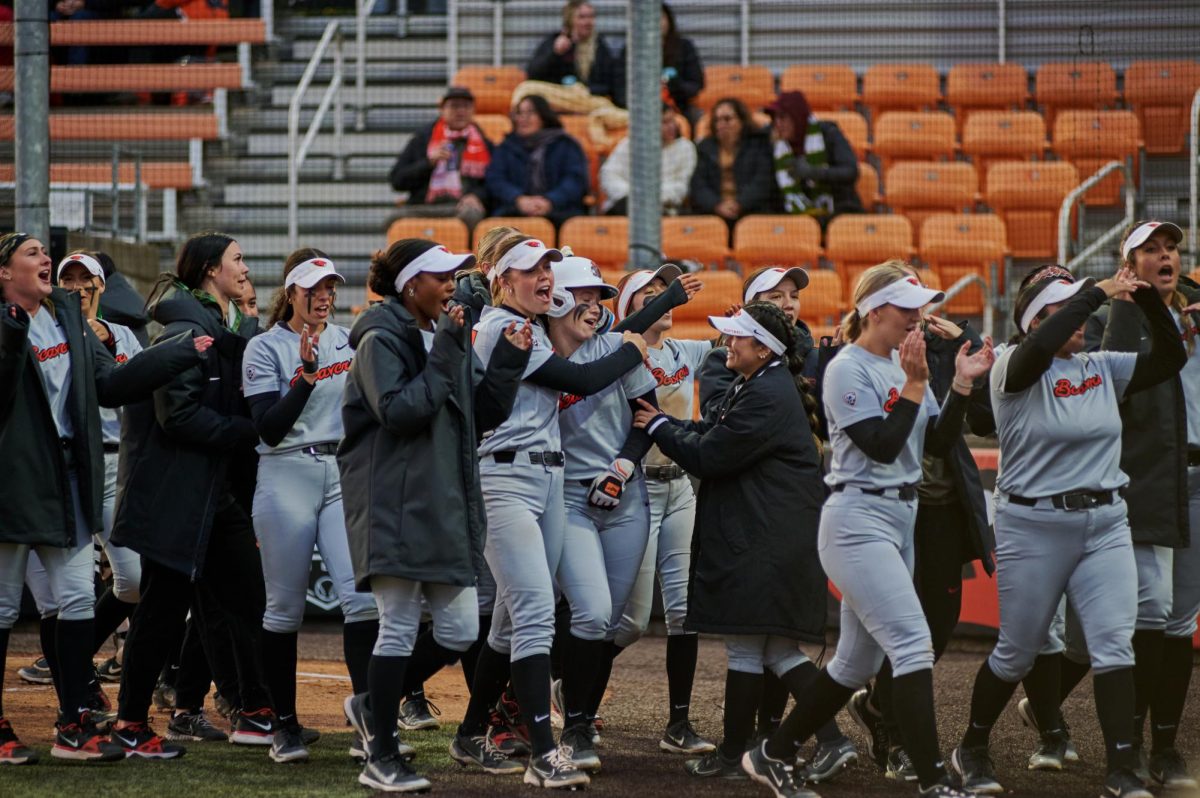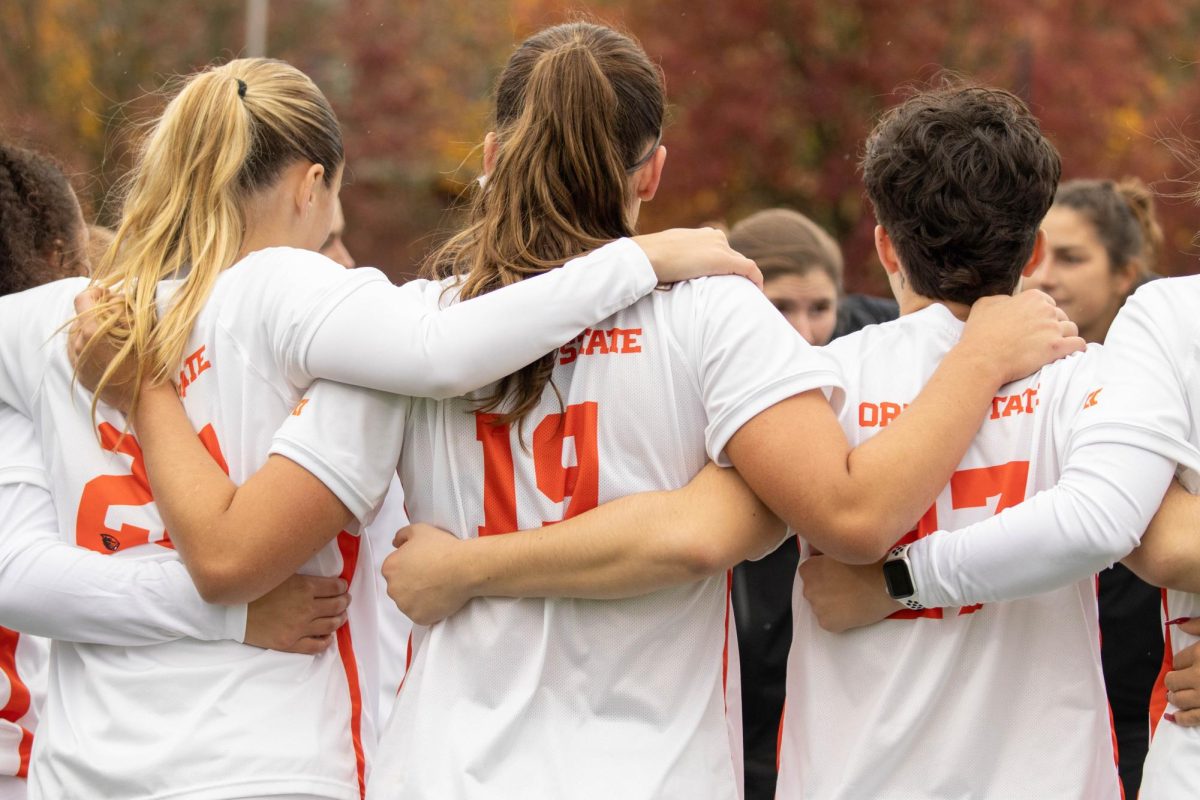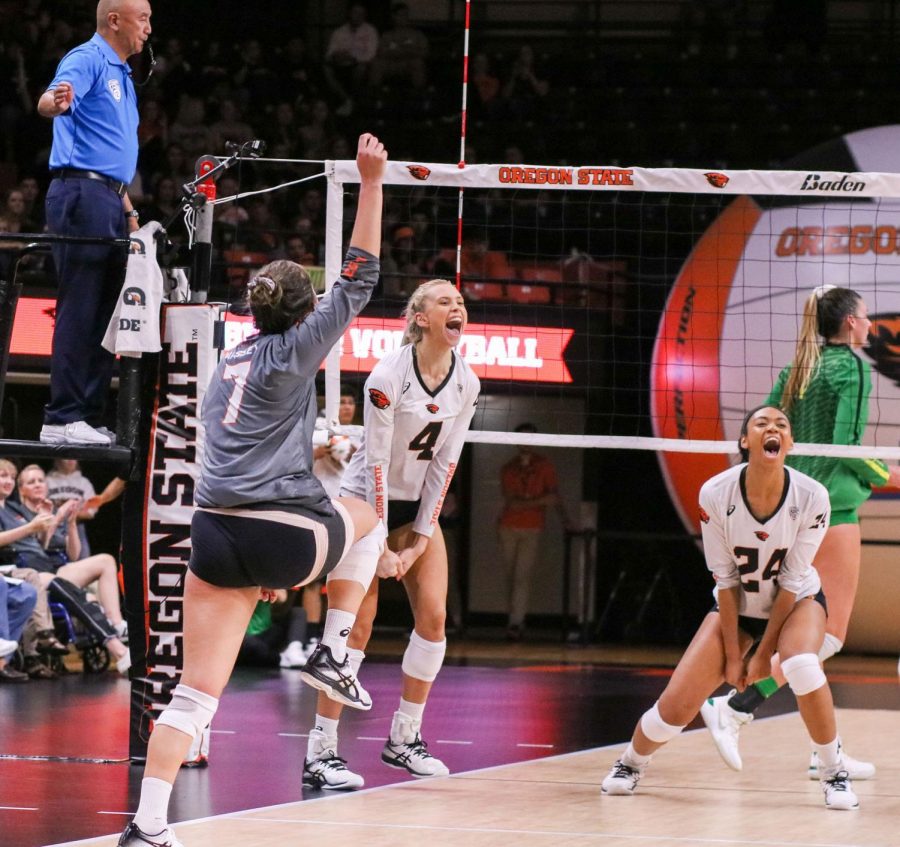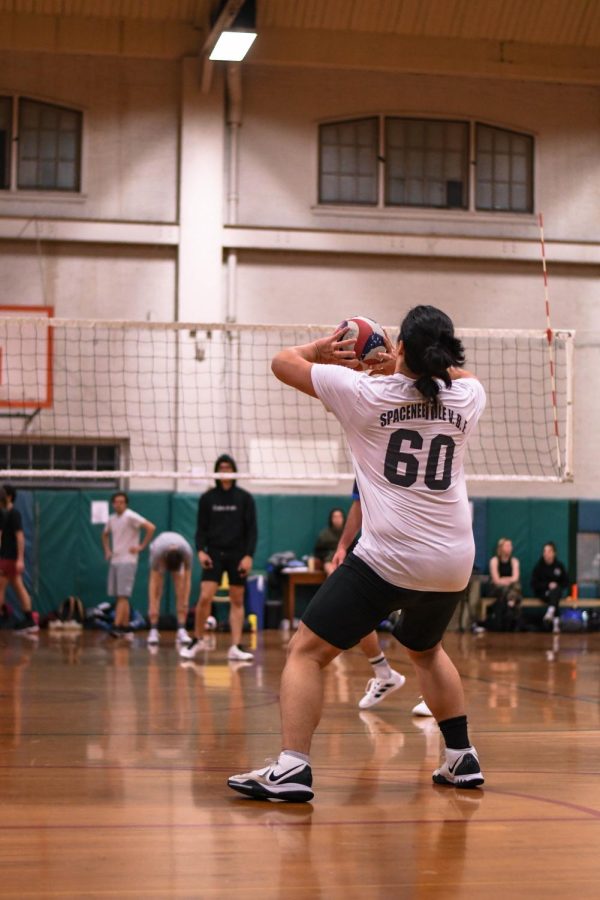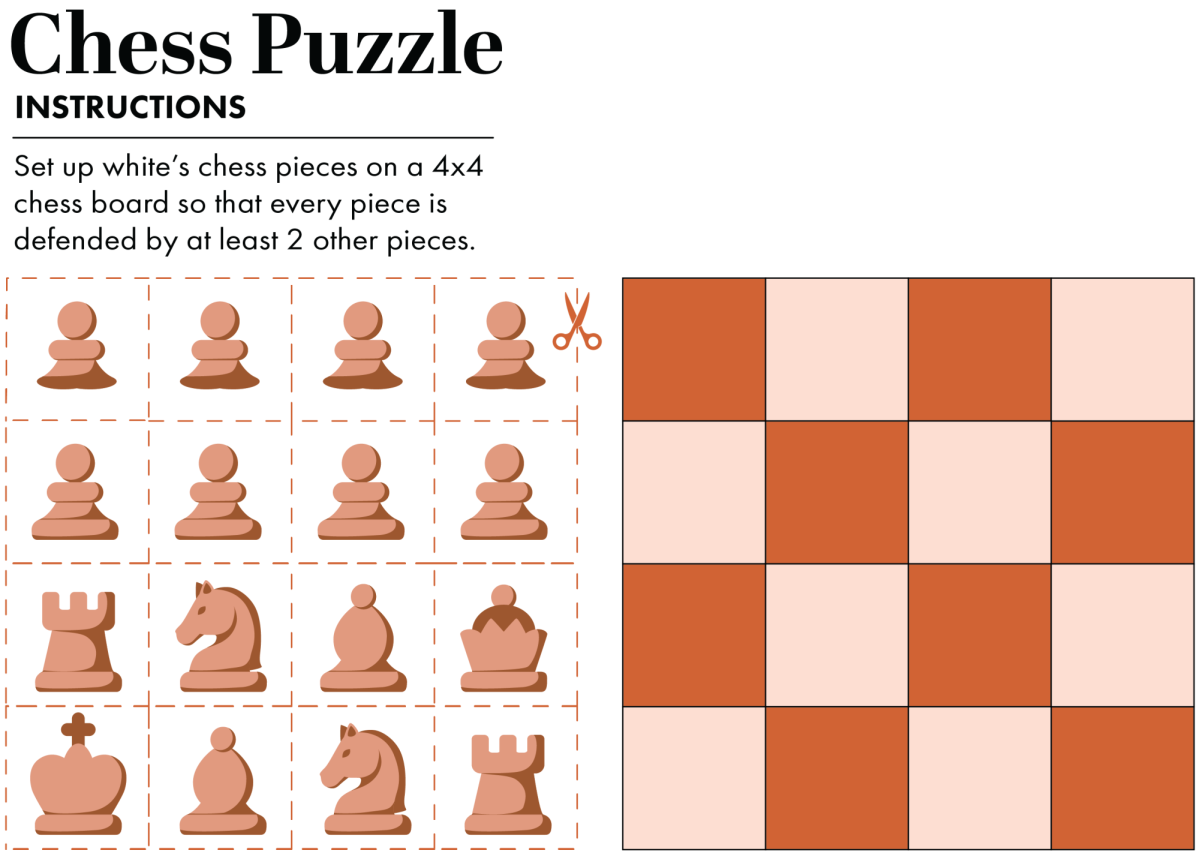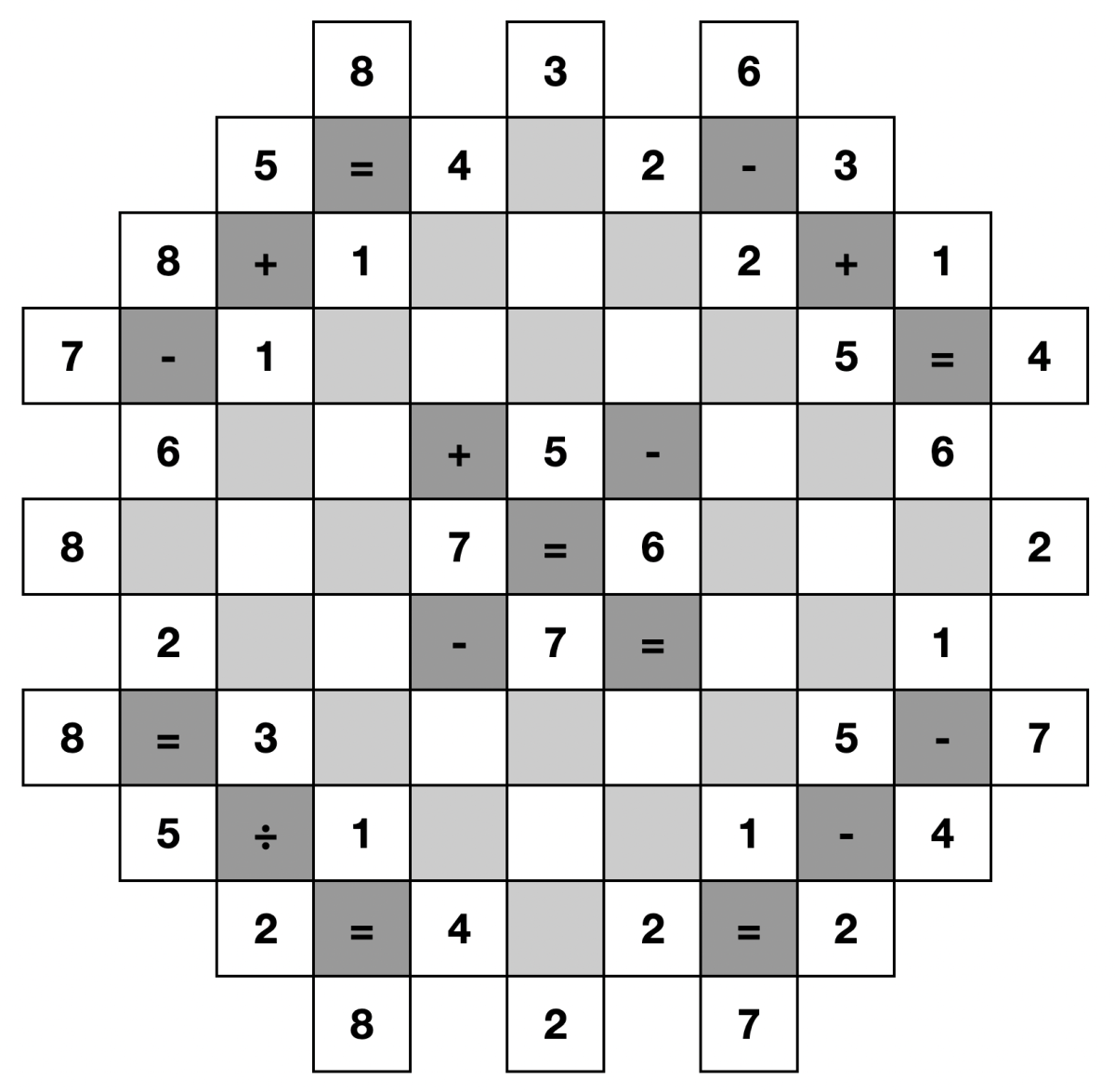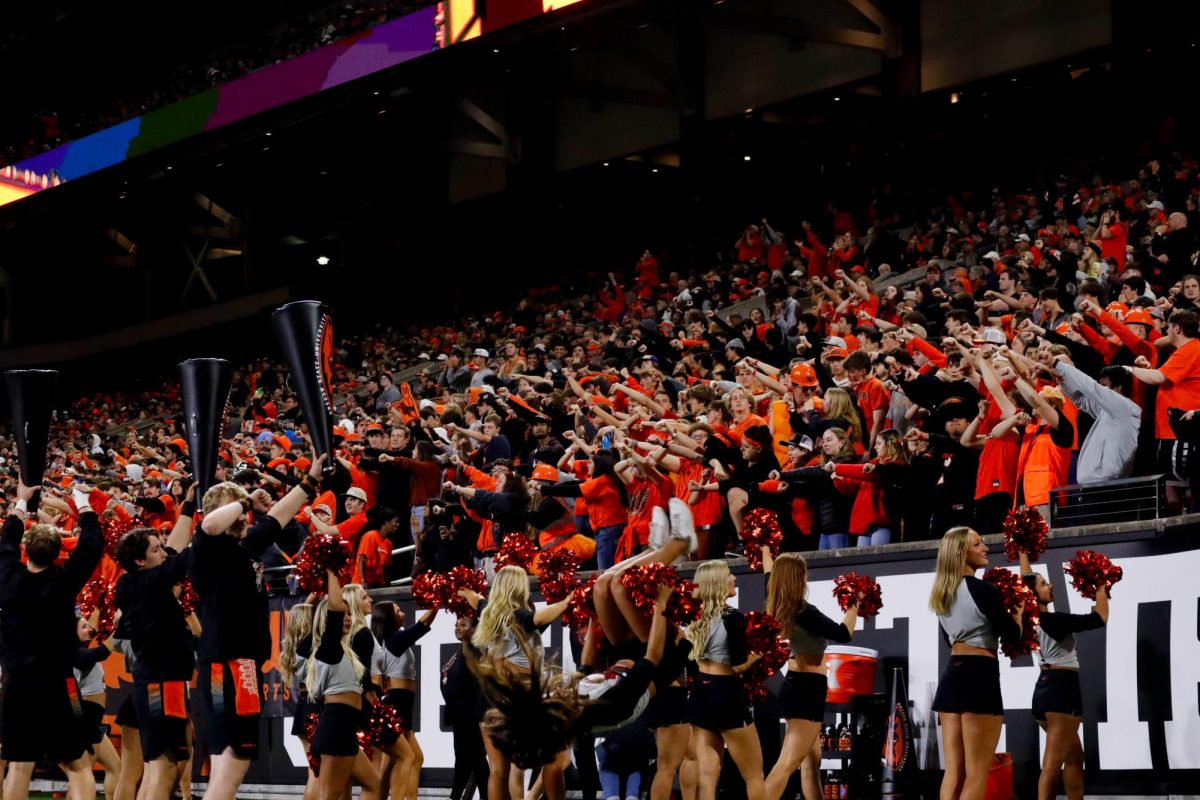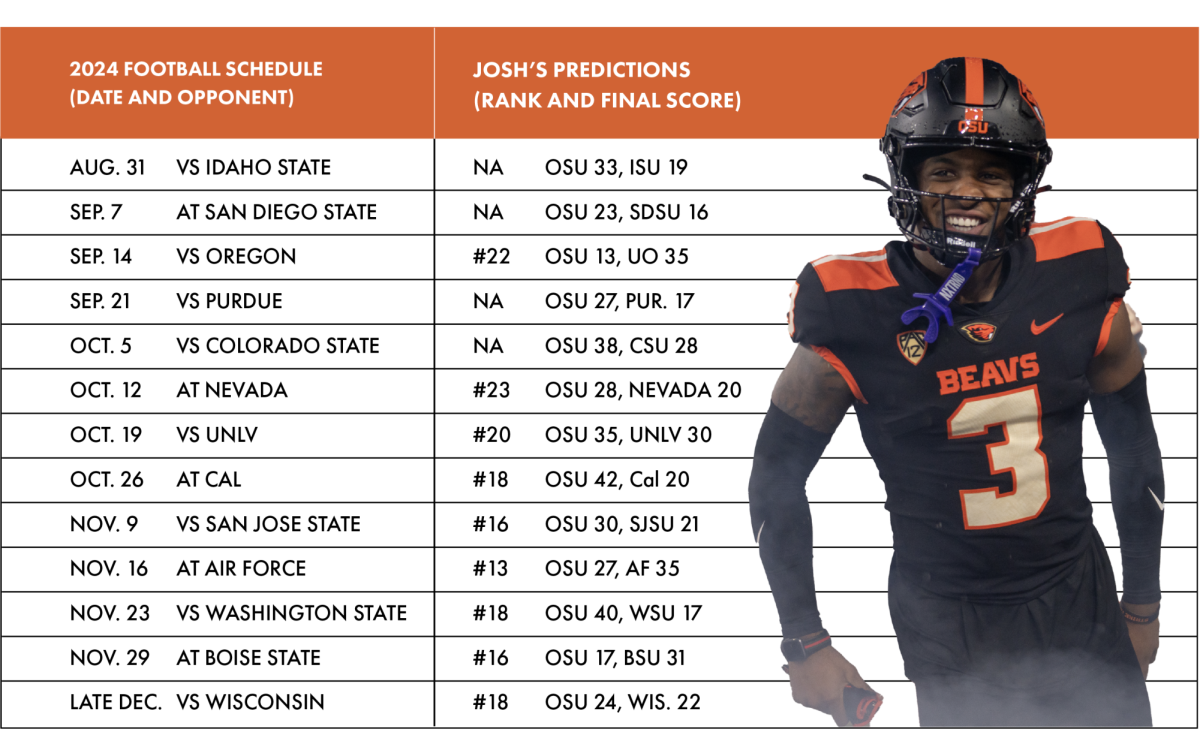Cooper’s Ferry is digging the Salmon River Canyon
July 28, 2016
Oregon State’s Archaeological field school known as Cooper’s Ferry will be digging into their seventh field season during the summer.
Since 2009, Copper’s Ferry has been recruiting undergraduate and graduate students from all over the country to help with the excavation and to make discoveries while gaining work experience during the process.
The students are arriving at the Salmon River Canyon, located just 17 miles southwest of Cottonwood. Idaho. Here they will set up camp and begin excavation of the dig site.
Dr. Loren Davis, an archaeology professor of OSU will lead a team of students in the discovery of a variety of ancient artifacts. Among the discoveries are stone tools and bones of animals – including deer and wolverine.
The team began June 27th and will continue working until August 12th. During this time students will use various archaeological techniques such as troweling methods, screening sediment, cataloging artifacts, as well as analyzing their discoveries with the goal of challenging the way in which archaeologists think about how early humans settled in America.
It has long been asserted that the Clovis culture, a prehistoric Paleo-Indian culture were the first humans to settle in America. However, much of the evidence found at Cooper’s Ferry is contemporaneous with this model. In fact, artifacts have radiocarbon dates that suggest Western Stemmed Tradition – a material culture left by Paleo-Indian hunter-gather-foragers may actually have existed at the same time or even a few centuries before Clovis artifacts.
Should the artifacts of Cooper’s Ferry be found to be older than the sharp fluted projectile points made of obsidian and chalcedony found near Clovis, New Mexico – from which the Clovis Tradition derives its name – it could challenge the traditional view of how we understand early man’s migration to America.

